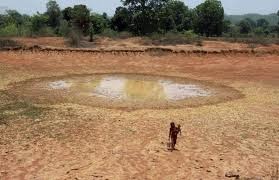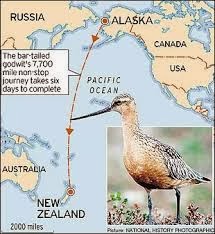Implicit in these images is the scare of water being unclean i.e. contaminated in some horrible way - the implication being sickness, illness and disease that will hit the people drinking this water.
Water Collection Takes Effort
 |
| Source - watertanksystem.blogspot.com |
Another set of images mainly show
 |
| Source - mx.noticias.yahoo.com |
the effort being required and being spent in the collection of water
 |
| Source - geographyblog.eu |
which, hopefully, is safe for drinking e.g. walking long distances; a community-intensive task, a one-man unbelievable option, etc.
Too Many People At The Same Source
 |
| Source - australianrain.blogspot.com |
 |
| Scource - worldpulse.com |
 |
| Source - newindianexpress.com |
Images that show very large number of people involved in gathering water for a singe source imply scarcity e.g. a multitude of people encircling a single source (a well or tanker) of water, or a long line of people, each waiting for her/his turn to fill up a container with water.
Empty Water Sources
 |
| Source - balramranasingh.blogspot.com |
 |
| Source - rttc.org |
Low levels of water in water reservoirs or empty containers imply scarcity.
Parched Landscapes
 |
| Source - worldwildlife.org |
 |
| Source - insideclimatenews.org |
Land that shows the signs of having dried up and becoming cracked.

























